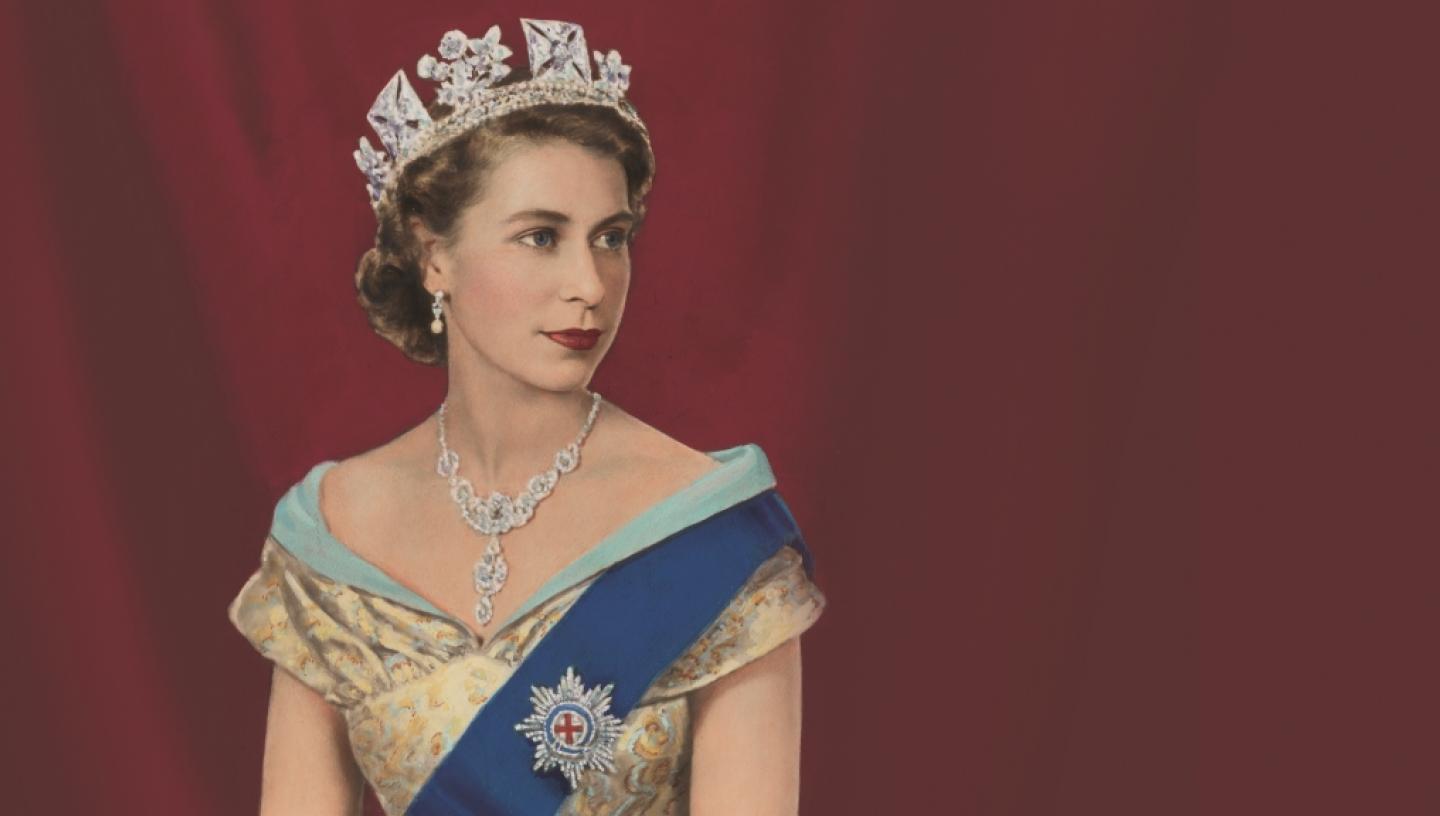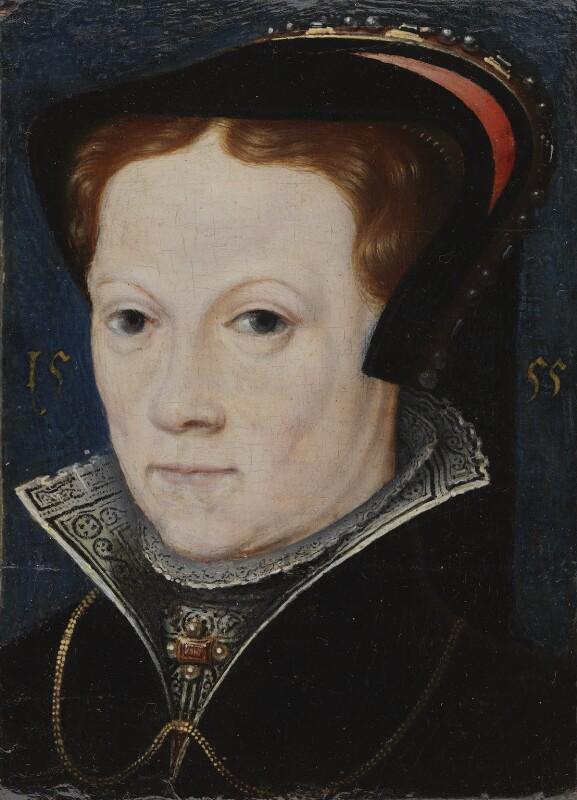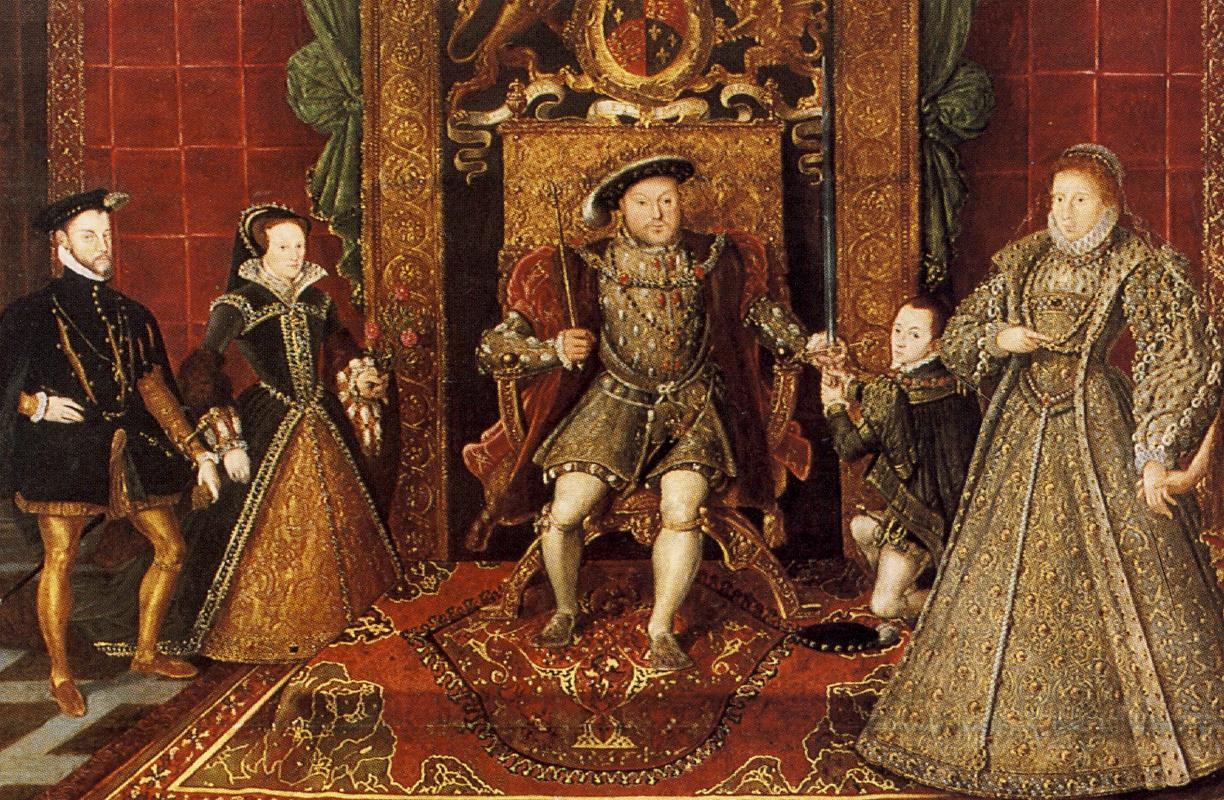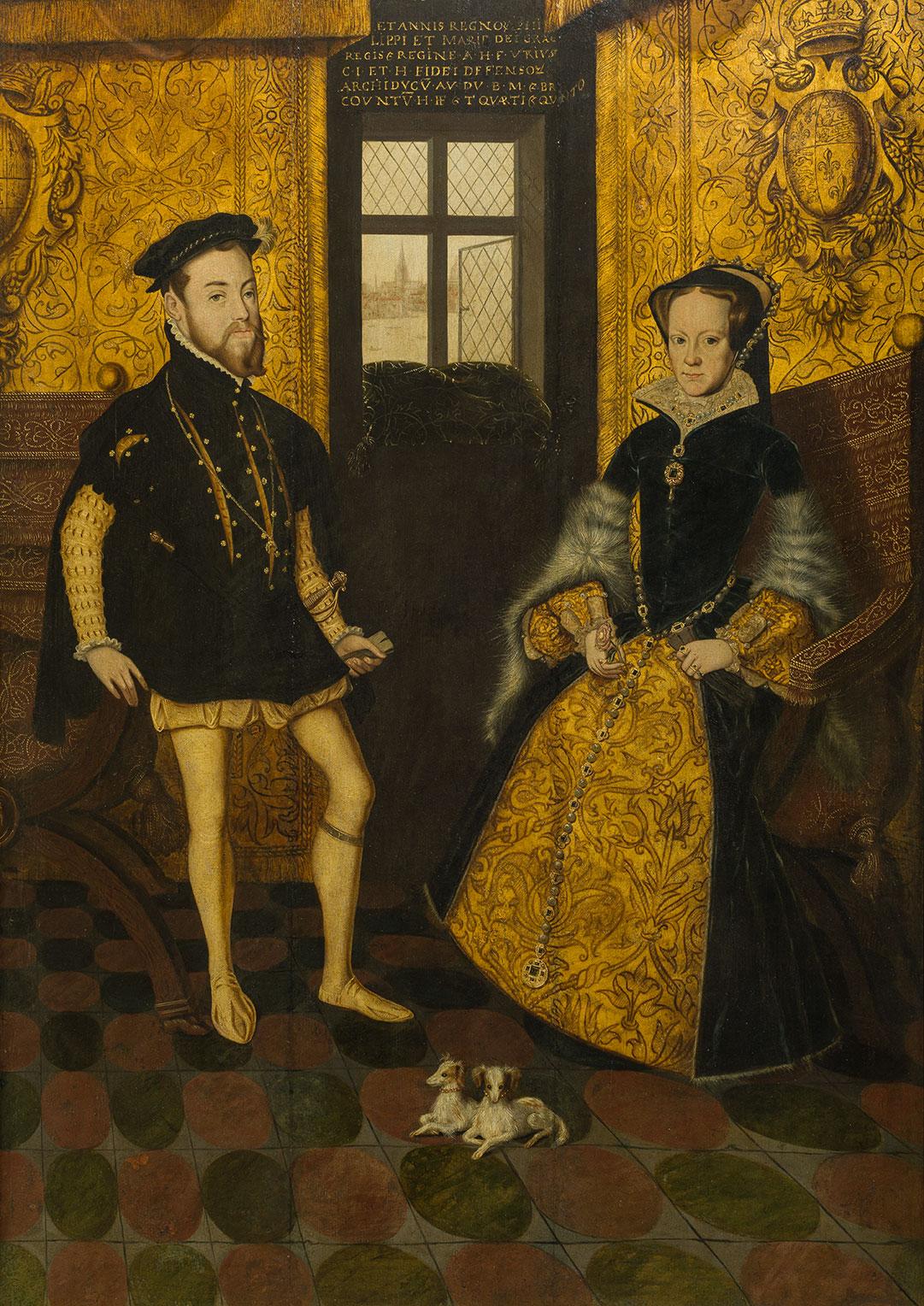
Mary I facts and myths
During her turbulent life, Mary I became the first ruling queen of England and attempted to restore the Catholic faith. But was she really known as 'Bloody Mary'? Find out more about the facts and myths surrounding her reign.
See this portrait in the Tudors to Windsors: British Royal Portraits major exhibition at the National Maritime Museum.
Was Mary I the first Queen of England?
Before Mary I, there had been other English queens who were the wives of the ruling king. However, Mary was the first 'Queen Regnant' - a queen who rules a country as the primary monarch rather than simply as a consort.
When and where was Queen Mary I born?
Mary I was born at Greenwich Palace on 18 February 1516. Her life as royal heir, illegitimate child and eventually monarch ebbed and flowed around Greenwich.
Mary was not only born at Greenwich Palace, but was also baptized there, in the Franciscan Observant Friars church (at the west end of the palace). Her parents, Henry VIII and Catherine of Aragon, had married there seven years earlier.
Discover more royal history in Greenwich
Was Mary I really engaged to be married aged two?
Yes. On 5 October 1518, the two-year-old Mary was at Greenwich for a betrothal ceremony to Francois, Dauphin of France, who was also only two at the time.
The Lord Admiral of France acted as the Dauphin’s proxy, placing a diamond ring on her finger. Mary is said to have asked, ‘Are you the Dauphin of France? If you are I wish to kiss you’. Two days later, the celebrations at Greenwich included jousts, a pageant in the Hall, and a banquet of 260 dishes.
Yet this engagement, like many of Mary’s other engagements, was short-lived. It was cancelled three years later in 1521.
A new treaty arranged a possible marriage to her 22-year-old cousin Charles V, the Habsburg Holy Roman Emperor. The following year, Charles spent six weeks in England and was welcomed at Greenwich with even greater ceremony. However, while this visit gave Charles ample time to see the six-year-old Mary, this engagement too was cancelled a few years later
Was Mary illegitimate?
Henry’s divorce from her mother, his remarriage to Anne Boleyn, and Anne’s execution in 1536 made Mary's childhood highly volatile. Declared illegitimate by her father, she spent time largely confined at Hatfield House in Hertfordshire until Henry VIII’s third wife Jane Seymour promoted reconciliation.
From then on Mary returned to spending time at Greenwich along with the other royal palaces. Henry restored her to the line of succession in 1544 under encouragement from his last wife Catherine Parr.
However, with Henry self-proclaimed head of the Church of England, this rehabilitation was a somewhat uneasy one, as Mary remained a loyal Catholic. Her Catholicism would become the guiding principle of her reign - and would define her reputation following her death.
Was Mary I really known as 'Bloody Mary'?
Following the death of Edward VI, there was a bid to place his Protestant cousin Lady Jane Grey on the throne of England. However, nine days after Jane's accession, Mary gathered enough support to ride to London and claim the throne. Jane and her husband Lord Dudley were both executed.
Mary was crowned on 1 October 1553, and quickly set about attempting to restore the Roman Catholic faith in England.
One of her first acts was to marry Prince Philip of Spain (the future Philip II) in 1554. She pushed the marriage through a resistant parliament, as she was desperate to conceive a Catholic heir. Philip was given the title of 'King of England' and the pair effectively ruled together.
This was an unpopular move, but an uprising against Mary's rule in 1554 - known as the 'Wyatt Rebellion' - was quickly quashed. Mary's half-sister Elizabeth - the future Elizabeth I - was subsequently imprisoned in the Tower of London for several months, but no conclusive evidence that she had been involved in the plot was found.
During Mary's five-year reign, around 280 Protestants were burned at the stake for refusing to convert to Catholicism, and a further 800 fled the country. This religious persecution earned her the notorious nickname 'Bloody Mary' among subsequent generations.
Mary Tudor's legacy was further tainted by the loss of Calais - England's last lands in Europe - to the French during her reign.
Mary's reputation has become defined by her religious persecutions, yet this is partly as a result of later Tudor propaganda.
Although Mary thought herself pregnant on two occasions, both proved to be false alarms. As a result, she never conceived a Catholic heir, and the Crown eventually passed to her Protestant half-sister Elizabeth following her death.
There is evidence that Mary's religious acts were not popular during her reign too however. In Greenwich for example, she reinstated the Observant Friars, whose friary Henry had dissolved in the 1530s. In July 1555, two senior friars complained of being stoned by local ‘lewd persons’ when arriving back from London.
Visit the Woburn Treasures exhibition at the Queen's House
When did Mary I die?
By 1558, growing increasingly ill and weak, she was forced to acknowledge her Protestant half-sister Elizabeth as her legitimate heir. Mary died at St James’s Palace on 17 November 1558.






